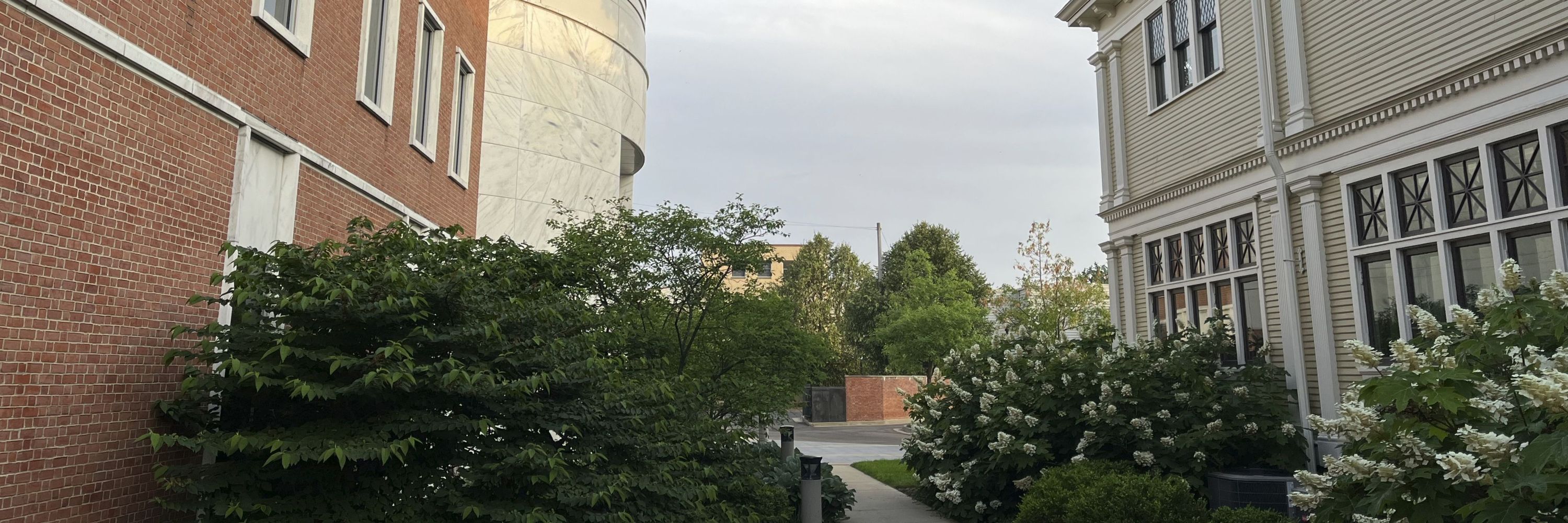Brad Hershbein
@bradhershbein.bsky.social
230 followers
1 following
51 posts
Senior economist and deputy director of research at the @upjohninstitute. My research focuses on the transition between education and career and how employers hire and compensate workers. Creator of New Hires Quality Index. #NHQI
Posts
Media
Videos
Starter Packs
Brad Hershbein
@bradhershbein.bsky.social
· Jun 26
Brad Hershbein
@bradhershbein.bsky.social
· Jun 26
Brad Hershbein
@bradhershbein.bsky.social
· Jun 26





